Restoring Tesla Safety Cells: Impact Protection & Energy Distribution
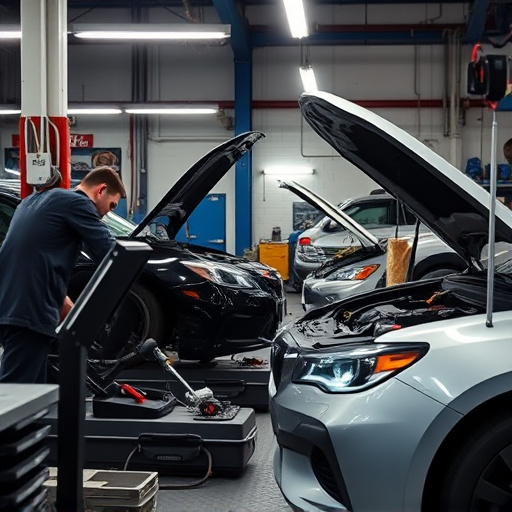
Tesla safety cell restoration is vital for electric vehicle (EV) performance and passenger security……..
Welcome to an in-depth exploration of a groundbreaking concept that is reshaping the automotive industry—Tesla Safety Cell Restoration. This article aims to unravel the complexities of this process, highlighting its historical development, global impact, and the transformative potential it holds for future vehicles. By delving into various facets, from technological advancements to policy implications, we will uncover how Tesla’s approach to safety cell restoration is not just a technical marvel but a catalyst for change on a global scale.
Definition: Tesla Safety Cell Restoration refers to the process of revitalizing and updating the structural integrity and safety systems of older electric vehicle (EV) models, particularly those manufactured by Tesla, Inc. This involves meticulous disassembly, inspection, repair or replacement of components, and reassembly to restore the vehicle’s safety features to their original specifications.
Core Components: The restoration process encompasses several critical elements:
Body Structure Integrity: Ensuring the vehicle’s frame and body panels are in optimal condition, free from corrosion or damage, is paramount. This includes reinforcing structural components to meet modern safety standards.
Collision Repair: Restoring the car to its pre-collision state involves precise alignment and repair of damaged parts, maintaining the vehicle’s safety systems’ effectiveness.
Safety Systems Upgrades: This process entails updating or replacing outdated safety features with advanced Tesla technology, such as improved airbag systems, collision avoidance systems, and autonomous driving capabilities.
Electrical and Software Enhancements: With EV technology rapidly evolving, updating the vehicle’s electrical systems and software is crucial to incorporate new safety features and address potential vulnerabilities.
Historical Context: The concept of safety cell restoration gained prominence as electric vehicles became more prevalent, raising concerns about their overall safety performance compared to traditional internal combustion engine (ICE) vehicles. Tesla, being a pioneer in EV technology, recognized the need to enhance its older models’ safety standards, leading to the development of specialized restoration techniques and facilities.
Tesla’s safety cell restoration efforts have resonated worldwide, influencing automotive industries across regions:
North America: The United States, being the birthplace of Tesla, has seen a surge in EV adoption, prompting dealers and specialized workshops to offer safety cell restoration services. This trend is driven by consumers’ growing demand for safer and more advanced electric vehicles.
Europe: With stringent safety regulations, Europe has embraced Tesla’s approach as a means to ensure compliance while extending the lifespan of EVs. Many countries are promoting the concept through incentives and education campaigns.
Asia-Pacific: China and Japan, leading EV markets, are integrating Tesla’s restoration techniques into their after-sales services. This region’s focus on environmental sustainability further drives the adoption of safety cell restoration to reduce electronic waste.
Global Market Dynamics: The global trend towards electric mobility has accelerated the demand for safety cell restoration services. As EV models age, the market is expected to grow exponentially, with Tesla leading the way in setting industry standards.
Market Analysis: The economic landscape surrounding Tesla safety cell restoration is dynamic and multifaceted:
Service Centers vs. Independent Workshops: Tesla operates dedicated service centers for its vehicles, offering comprehensive safety cell restoration packages. Independently owned workshops also provide these services, catering to various EV brands, thus creating a competitive market.
Cost Structure: Restoration costs vary based on the vehicle’s age, damage extent, and desired upgrades. On average, the process can range from a few thousand dollars for basic repairs to over $10,000 for comprehensive restoration and advanced technology upgrades.
Investment Opportunities: The growing demand presents investment prospects for businesses specializing in EV restoration. This includes manufacturing specialized tools, developing repair techniques, and providing training for technicians.
Economic Impact:
| Region | Economic Benefit |
|---|---|
| North America | Creation of skilled jobs in automotive repair and technology sectors |
| Europe | Reduced costs for consumers opting for restored EVs over new purchases |
| China | Contribution to the circular economy by extending EV lifespan |
Tesla’s safety cell restoration is characterized by its innovative use of technology, ensuring that restored vehicles remain at the forefront of automotive safety:
Advanced Materials: Restored Tesla vehicles often incorporate lightweight and high-strength materials like carbon fiber composite panels, improving structural integrity and fuel efficiency.
Autonomous Driving Systems: Upgrades to Autopilot and Full Self-Driving (FSD) capabilities enhance safety by employing advanced sensors, cameras, and software algorithms for collision avoidance and lane keeping.
Battery Technology: Improved battery management systems (BMS) and cell replacements extend the lifespan of EV batteries, addressing a critical aspect of e-waste generation.
Software Updates: Over-the-air (OTA) software updates allow for remote deployment of new safety features and bug fixes, ensuring vehicles remain secure and up-to-date.
Government policies and regulations play a pivotal role in guiding Tesla safety cell restoration practices:
Safety Standards: Each country imposes its set of safety standards for vehicles, influencing the restoration process. For instance, Euro NCAP (European New Car Assessment Program) provides guidelines for collision testing and safety system performance.
Warranty Considerations: Tesla’s warranty policies impact restoration decisions. The company offers extended warranties on some models, potentially encouraging owners to opt for official restoration services.
Environmental Regulations: Incentives and grants are often provided by governments to promote the restoration of EVs, aligning with sustainability goals. These policies encourage the recycling and repurposing of EV components.
International Cooperation: Harmonization of safety standards globally facilitates cross-border trade and the transfer of restored vehicles, as seen in agreements like the UN Global Technical Regulation for Vehicles (GTR).
Despite its potential, Tesla safety cell restoration faces challenges that require strategic solutions:
Cost and Accessibility: Restoration services might be priced out of reach for some consumers, especially in regions with limited service centers. Increasing accessibility through partnerships with independent workshops can address this issue.
Warranty Validity: Concerns about voiding warranties during restoration procedures are valid. Clear communication and warranty extension options can alleviate these fears.
Technological Obsolescence: As EV technology evolves rapidly, keeping restoration techniques up-to-date is essential. Continuous training for technicians and collaboration with Tesla’s R&D team are key strategies.
A European dealership successfully restored a 5-year-old Tesla Model S, achieving nearly factory-spec conditions. The process included a complete collision repair after a minor front-end accident, along with an upgrade to the latest Autopilot software and battery management system. This case highlights the ability of restoration to extend the vehicle’s useful life while enhancing safety and performance.
A group of passionate EV enthusiasts started a non-profit initiative to restore and donate older EVs to low-income families. They collaborate with local workshops, offering free or low-cost restoration services. This community-driven approach addresses the accessibility challenge and promotes e-mobility among underserved communities.
The landscape of Tesla safety cell restoration is poised for significant growth and evolution:
Expanding Service Network: Tesla plans to expand its global service network, increasing access to official restoration services. This will facilitate the adoption of advanced safety features and technologies.
Emerging Technologies: The integration of artificial intelligence (AI) and machine learning can optimize restoration processes, enabling predictive maintenance and personalized upgrades.
Sustainable Practices: As environmental concerns persist, the industry will focus on eco-friendly restoration methods, including recycling EV components and adopting circular economy principles.
Regulatory Evolution: Future regulations may incentivize or mandate safety cell restoration as a way to promote vehicle lifecycle management and reduce electronic waste.
Tesla safety cell restoration is not merely a technical fix but a transformative force in the automotive industry. Its global impact, economic implications, and technological advancements underscore its significance. By addressing safety concerns, extending EV lifespans, and fostering sustainability, this process is revolutionizing how we view vehicle ownership and maintenance. As Tesla continues to lead the charge, the rest of the industry is sure to follow, shaping a safer and more sustainable future for mobility.
Q: How does Tesla safety cell restoration differ from regular vehicle servicing?
A: While regular servicing focuses on routine maintenance, safety cell restoration is a comprehensive process that addresses structural integrity, collision damage, and safety system upgrades, ensuring the vehicle meets modern safety standards.
Q: Can any Tesla model undergo safety cell restoration?
A: Most Tesla models can be restored, but the availability of parts and the complexity of the repair may vary based on the vehicle’s age and design.
Q: Is it cost-effective to restore an older EV instead of buying a new one?
A: Restoration costs depend on various factors. In some cases, restoring an EV can be more affordable than purchasing a new one, especially for models with advanced technology that has depreciated in value.
Q: How do I know if my Tesla needs safety cell restoration?
A: Regular safety inspections and assessments by certified technicians can help identify any issues. Look out for signs like structural damage, poor driving dynamics, or outdated safety features.
Q: Are there environmental benefits to restoring EVs?
A: Yes, EV restoration contributes to sustainability by keeping vehicles on the road, reducing e-waste, and potentially lowering the demand for new vehicle production, which has significant environmental footprints.

Tesla safety cell restoration is vital for electric vehicle (EV) performance and passenger security……..
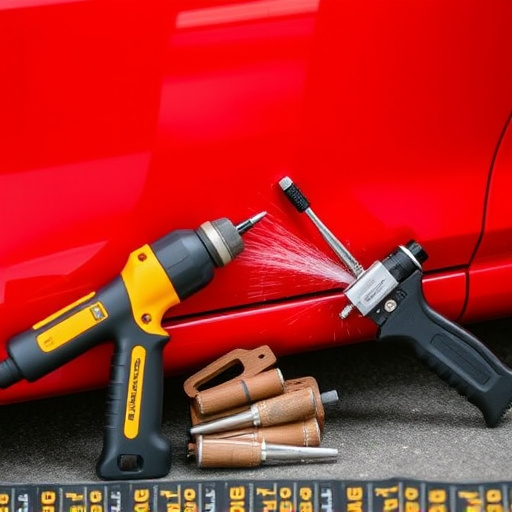
Tesla safety cell restoration is crucial for maintaining structural integrity and vehicle longevity……..
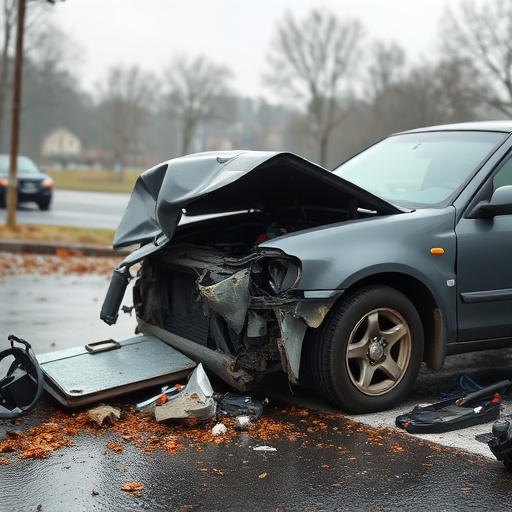
Tesla safety cell restoration is a meticulous process that prioritizes vehicle performance and safet…….

Tesla Safety Cell restoration is a meticulous process prioritizing structural integrity and safety……..

Tesla safety cell restoration is a critical process for maintaining vehicle safety and integrity. It…….
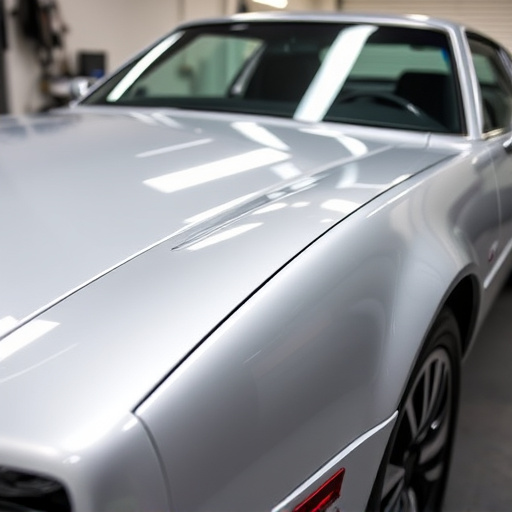
Tesla safety cell restoration is a specialized process demanding precise attention to detail. It inv…….
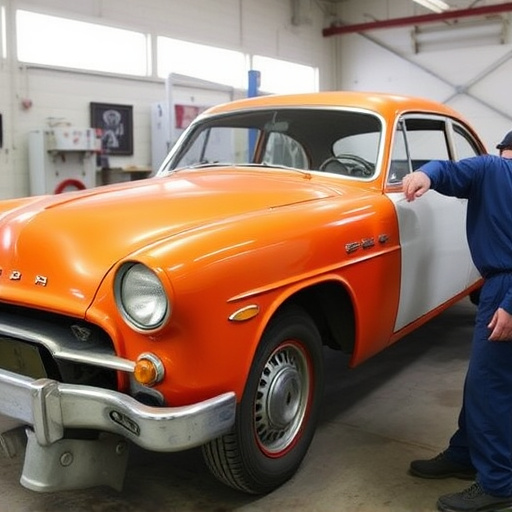
The Tesla Safety Cell, a key component made from lightweight yet robust materials, enhances passenge…….
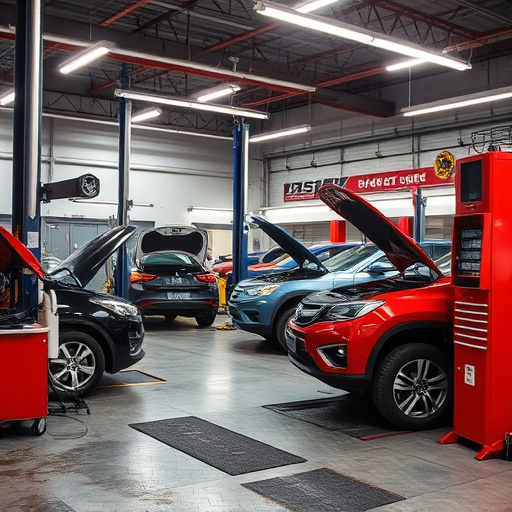
Tesla safety cell restoration is a complex process that prioritizes passenger protection. Skilled te…….